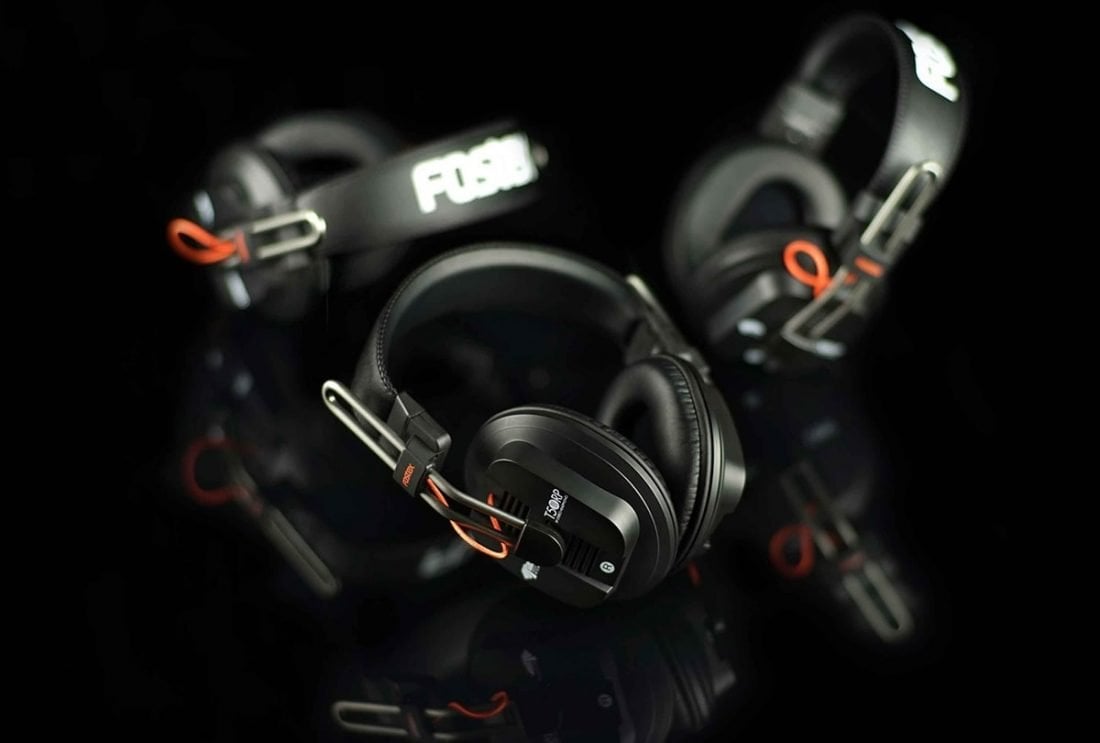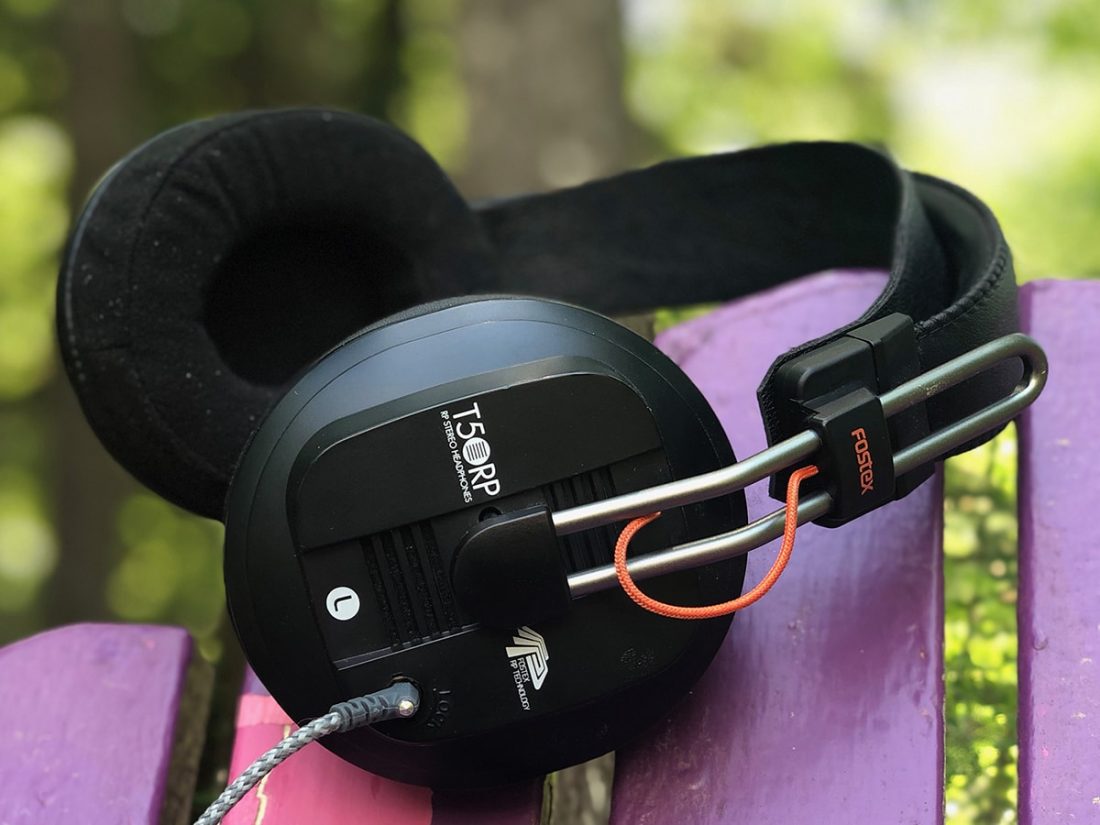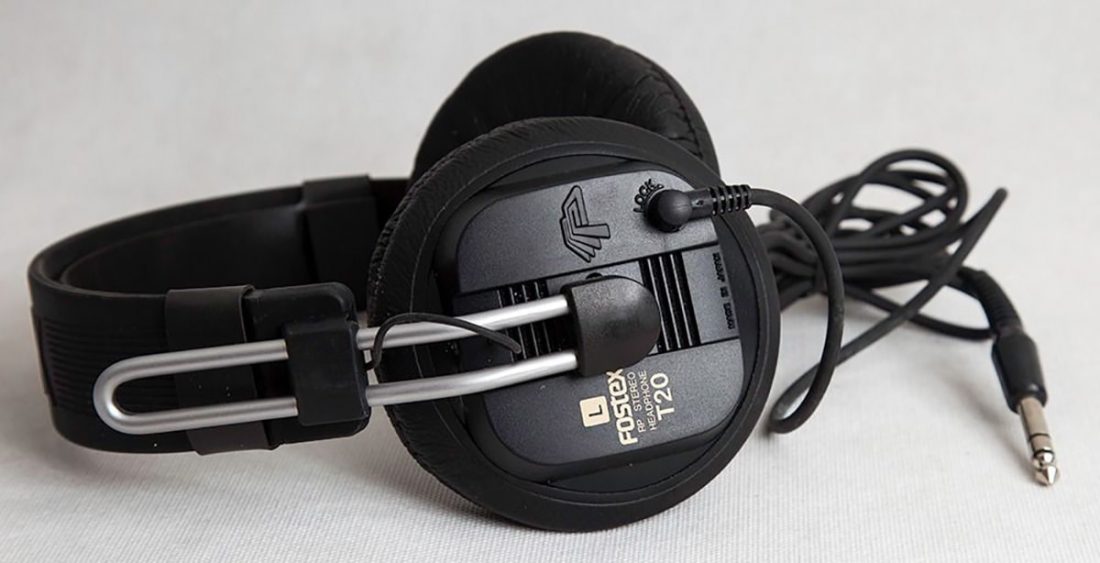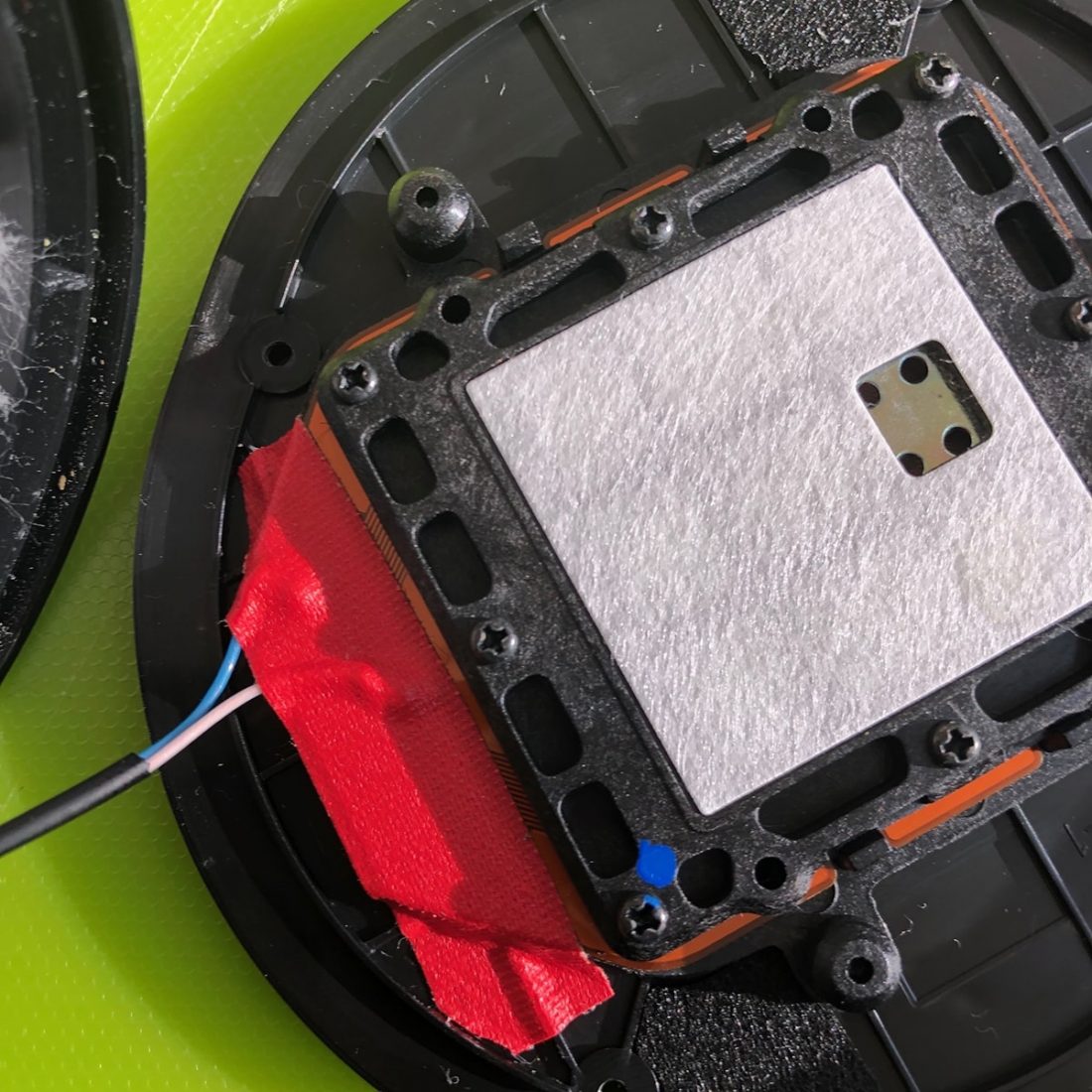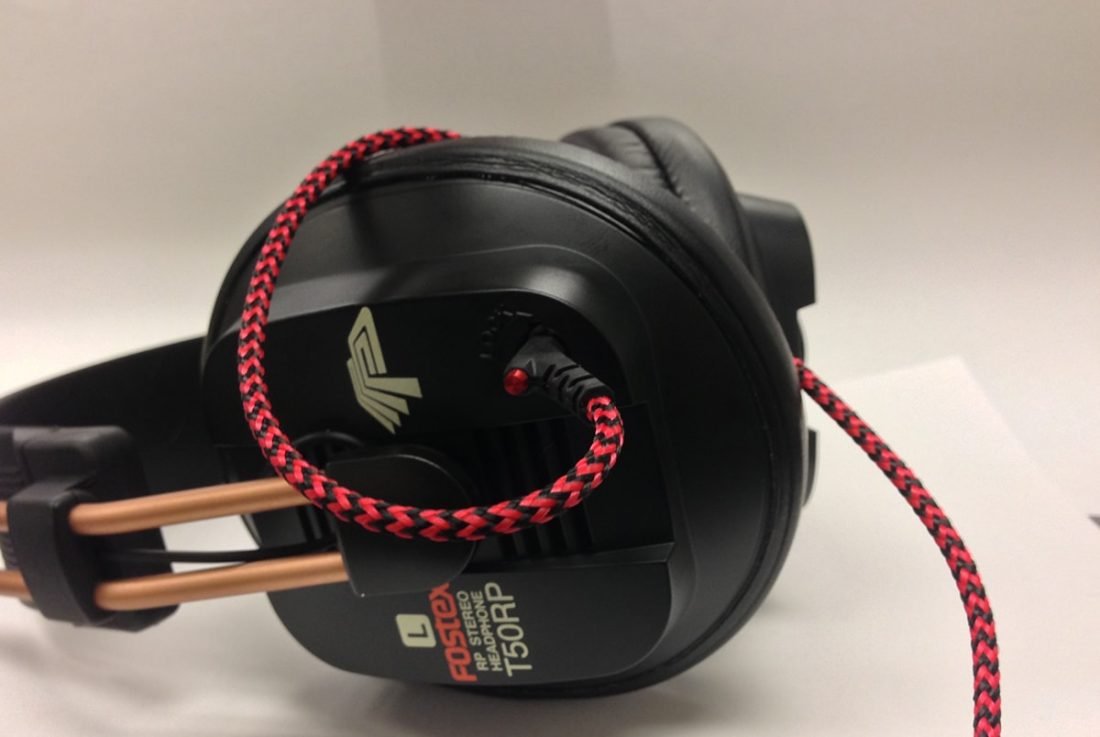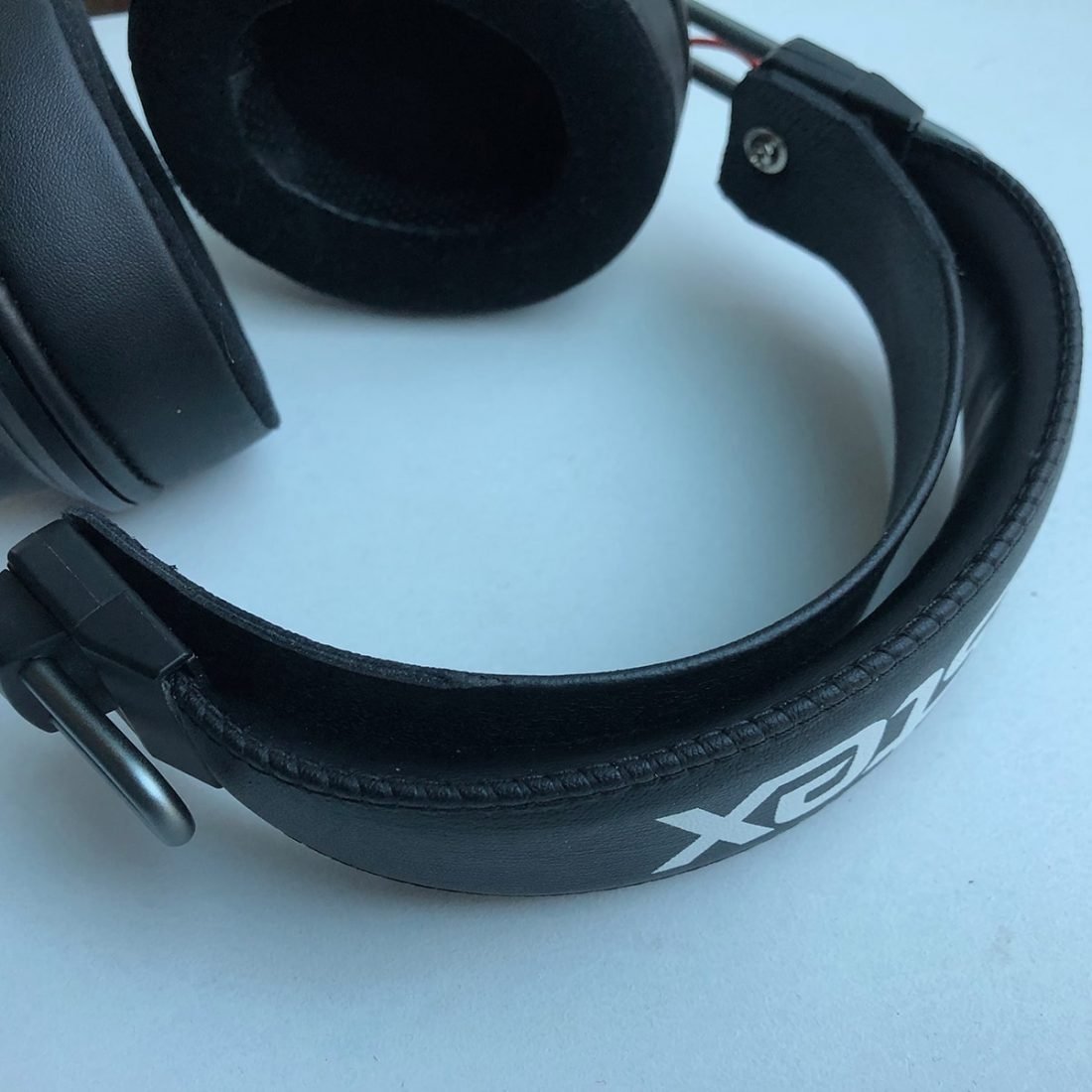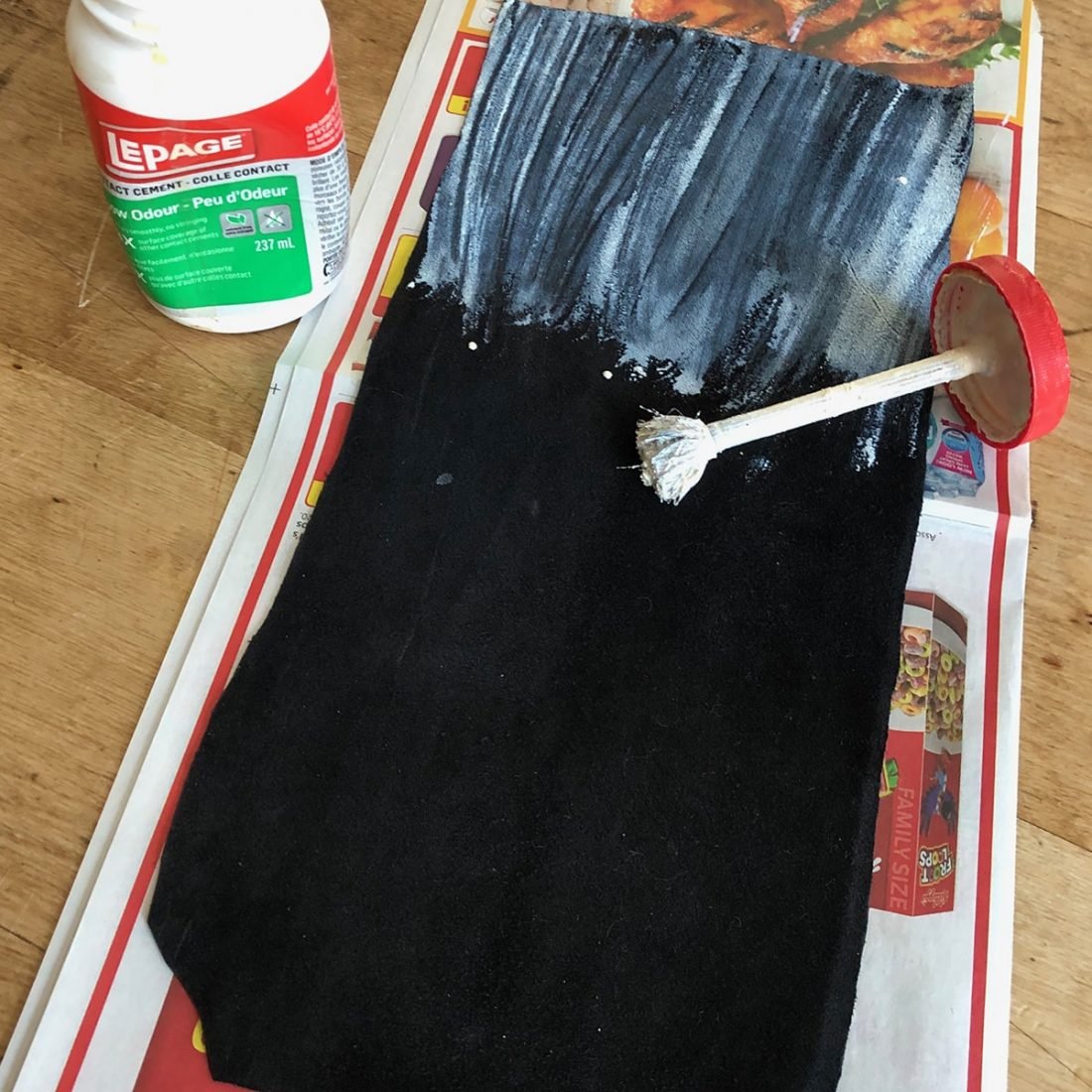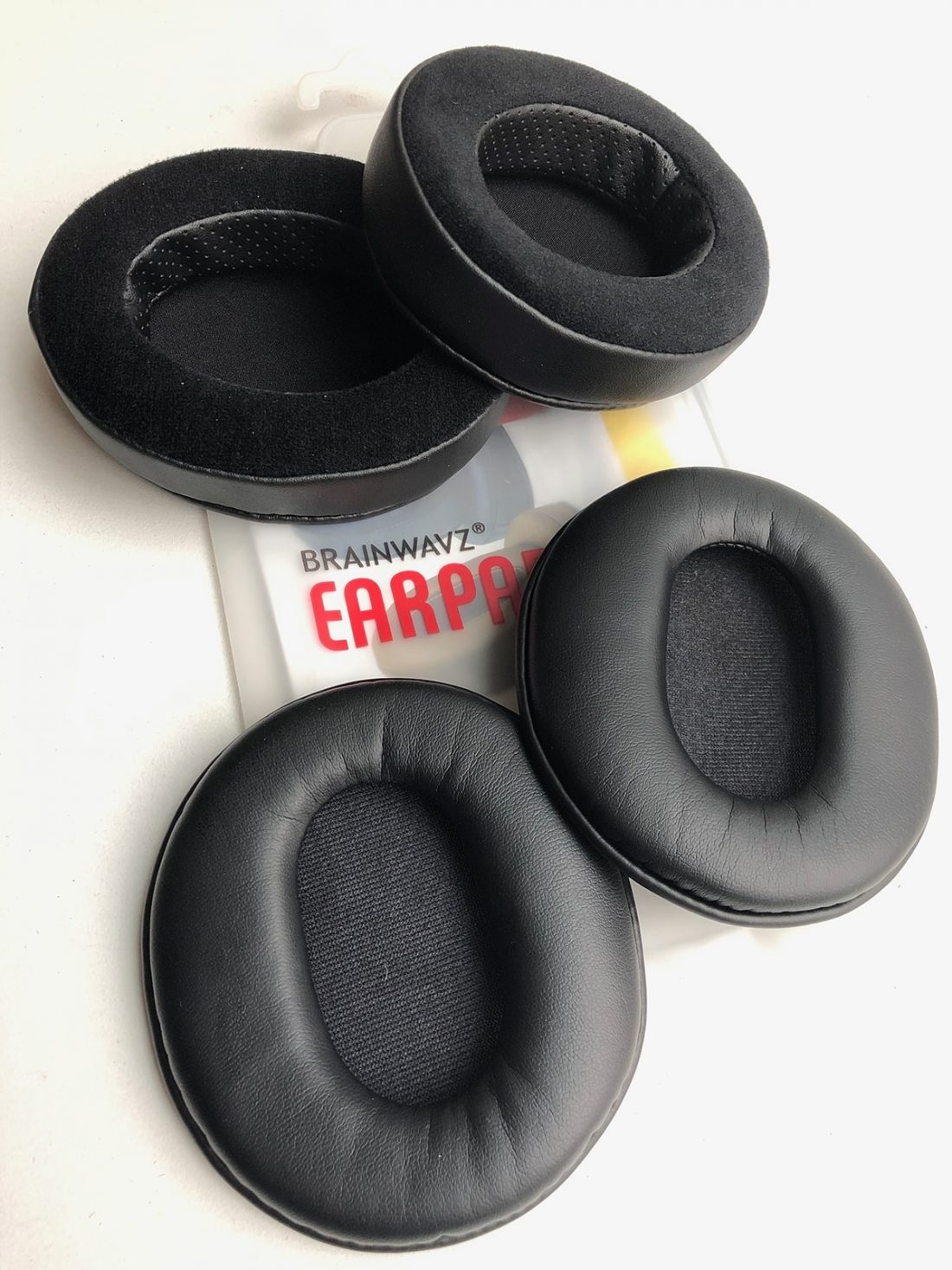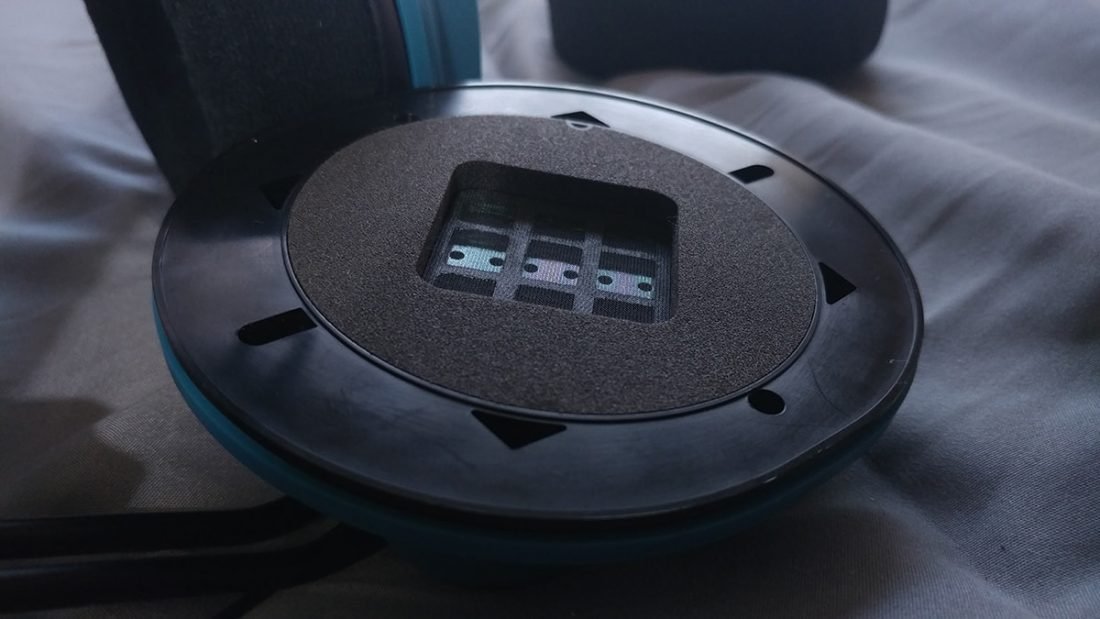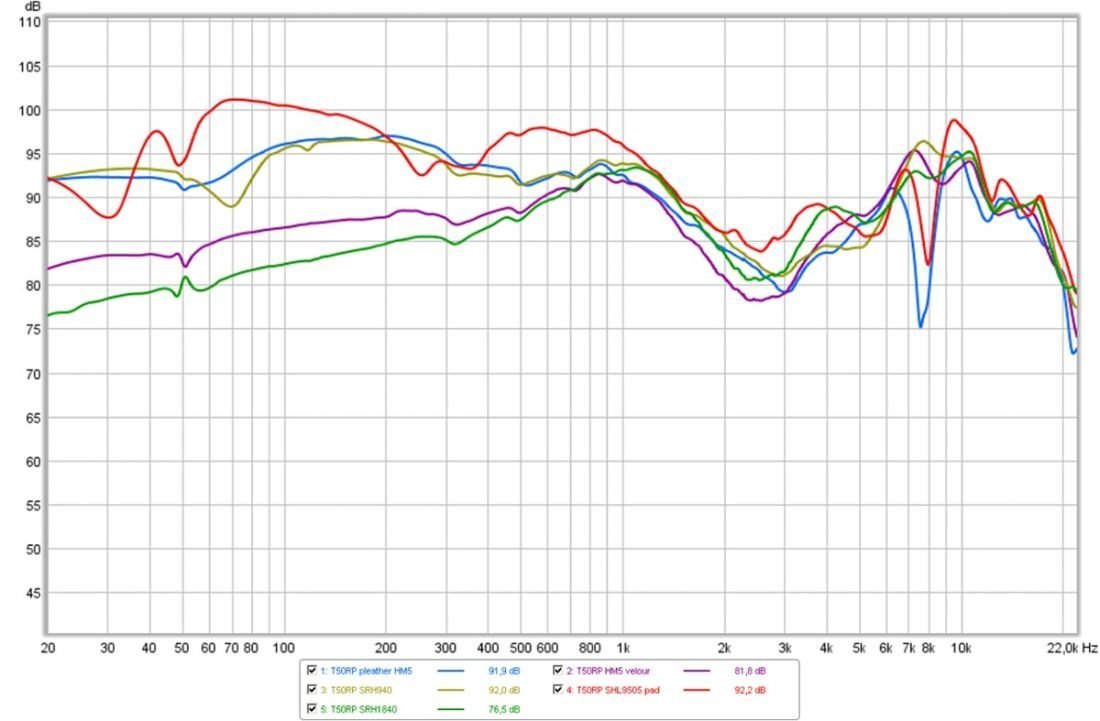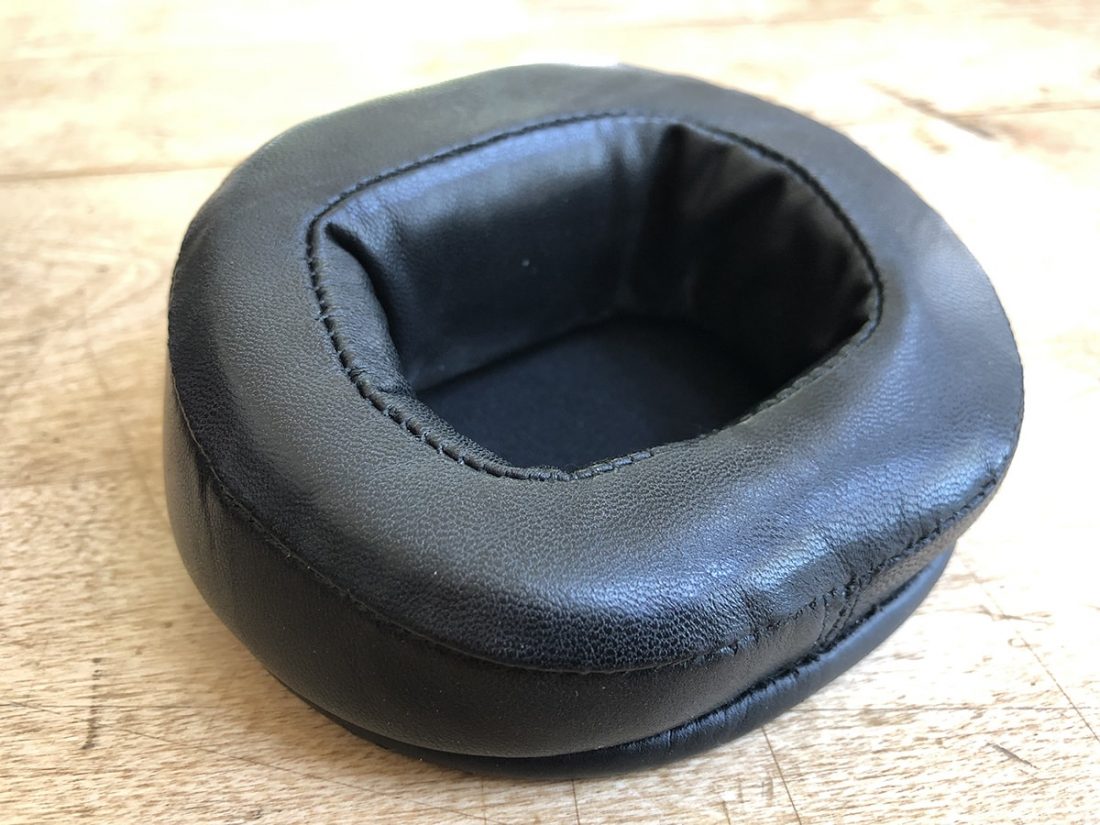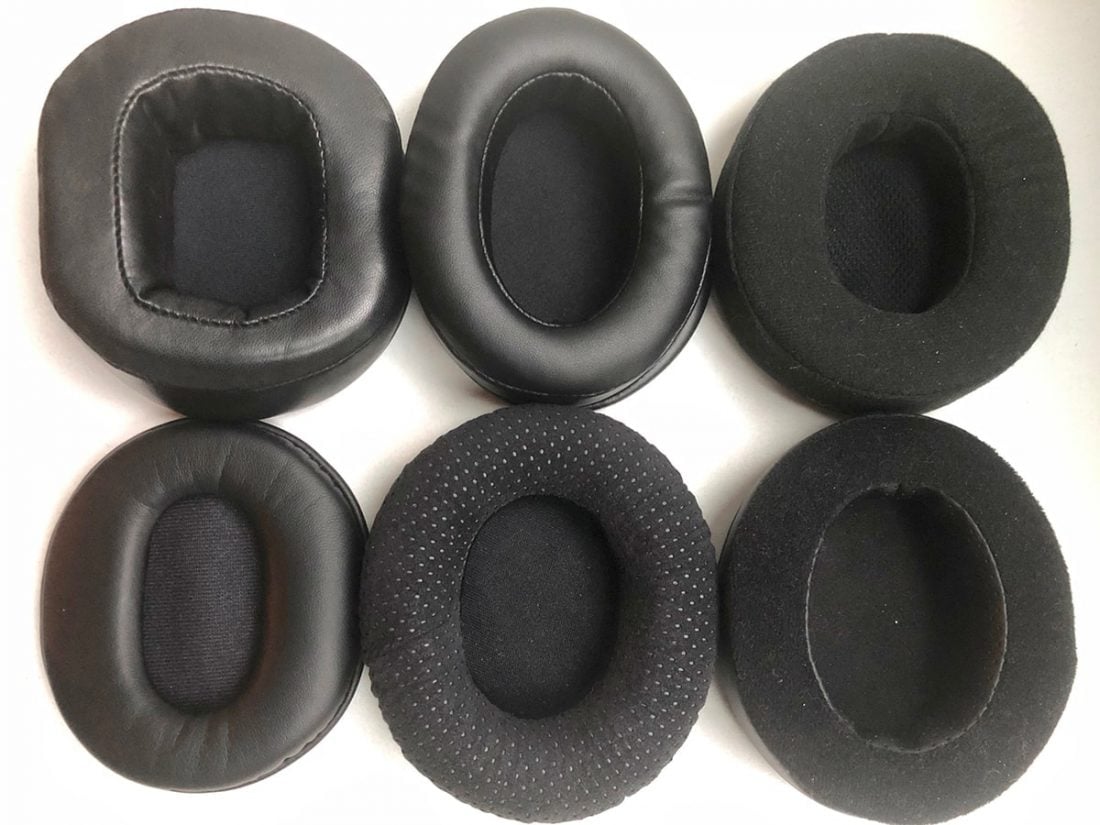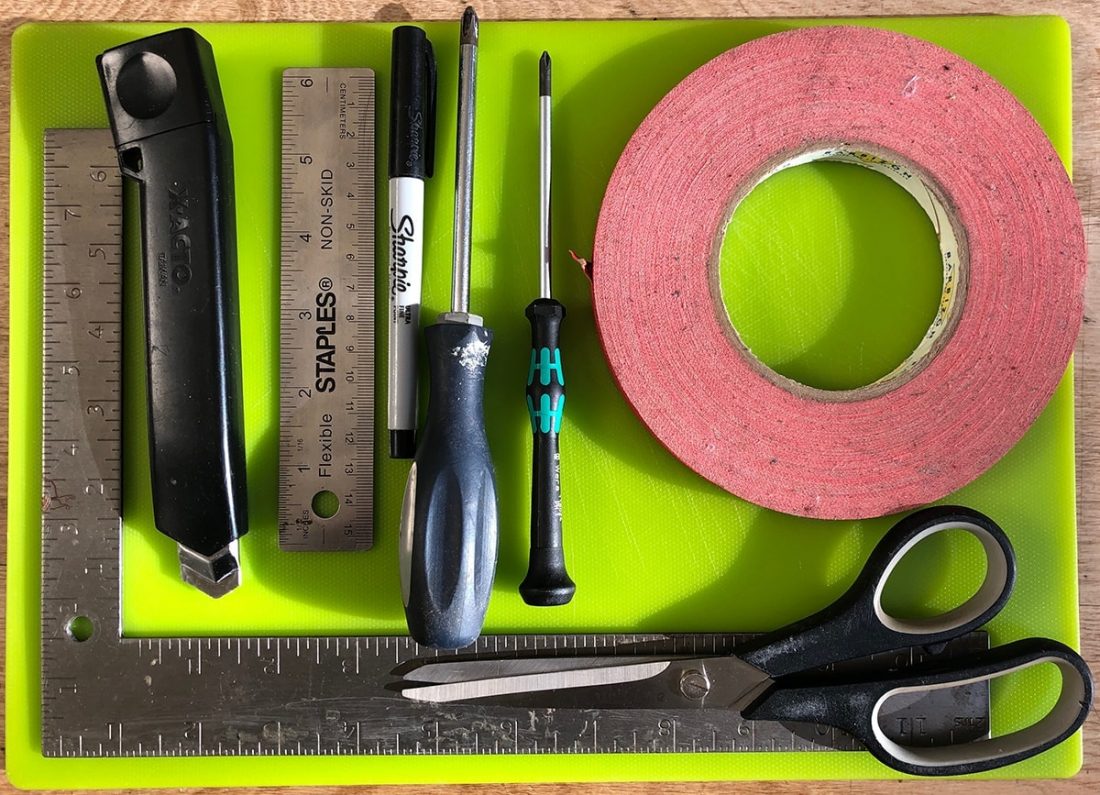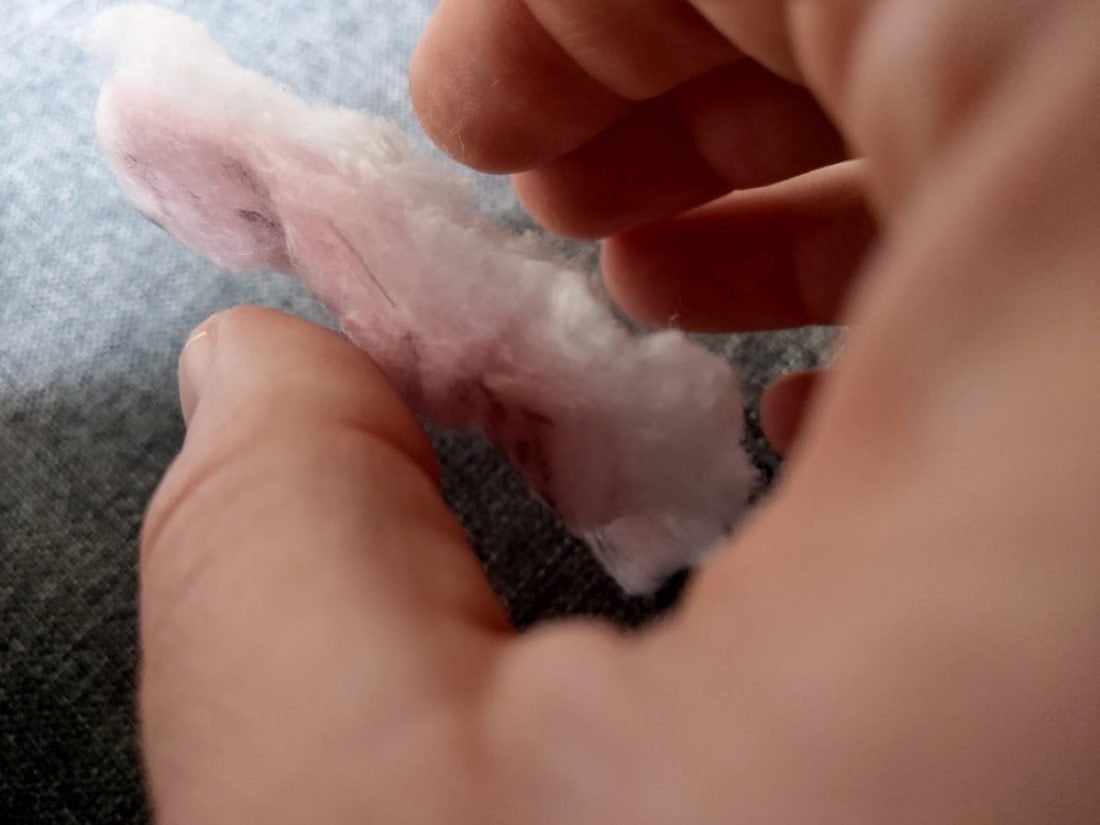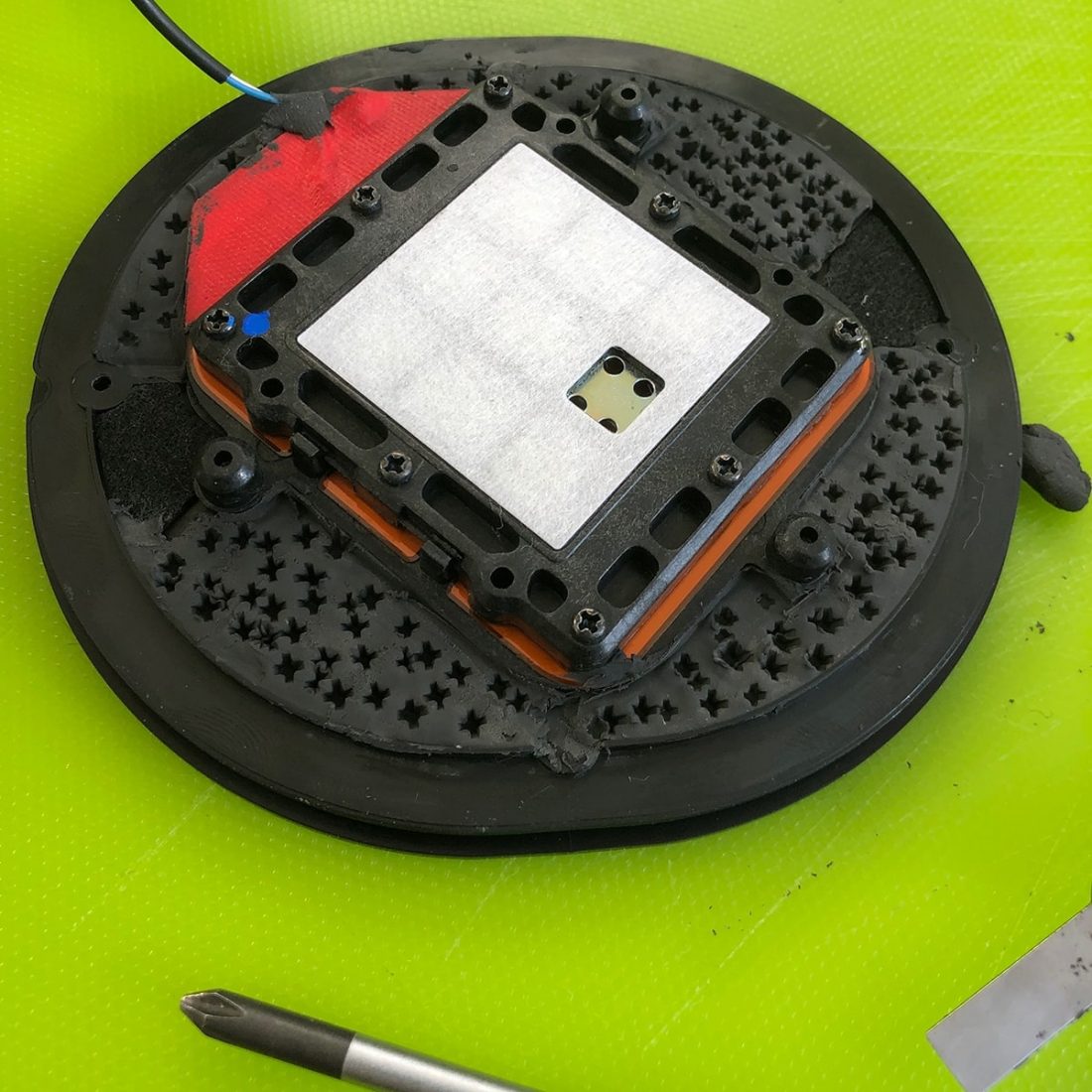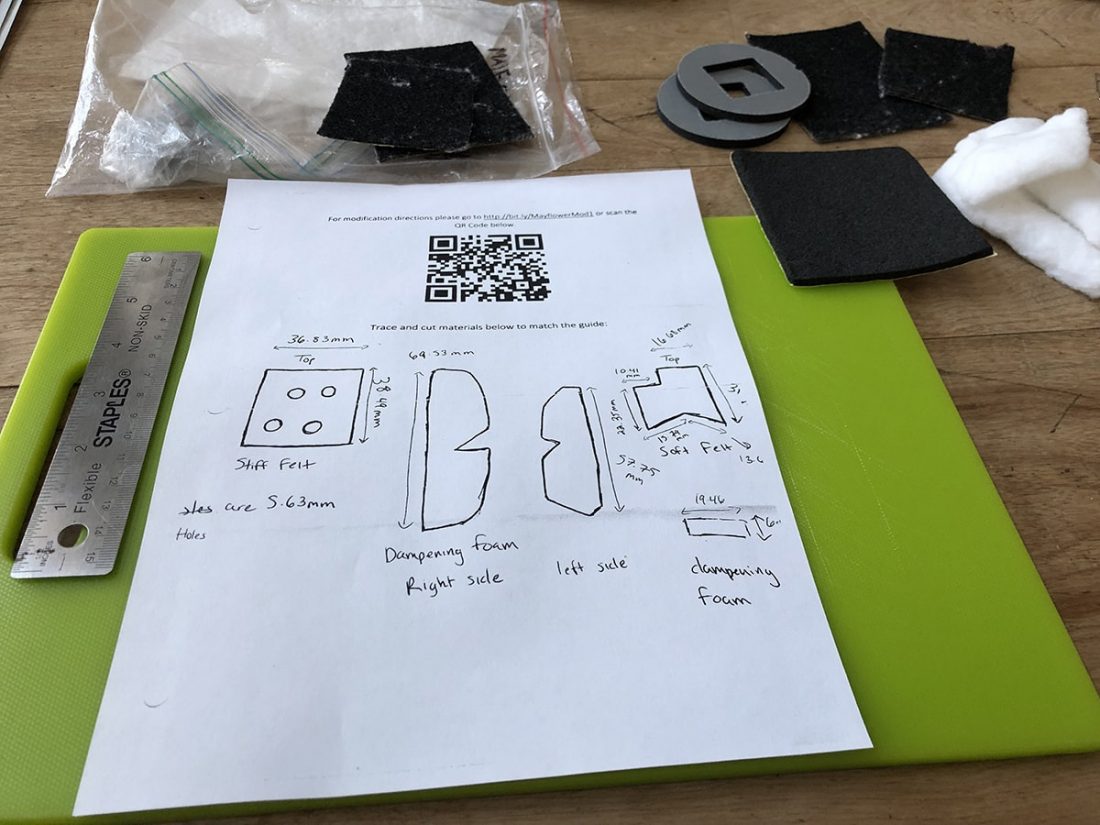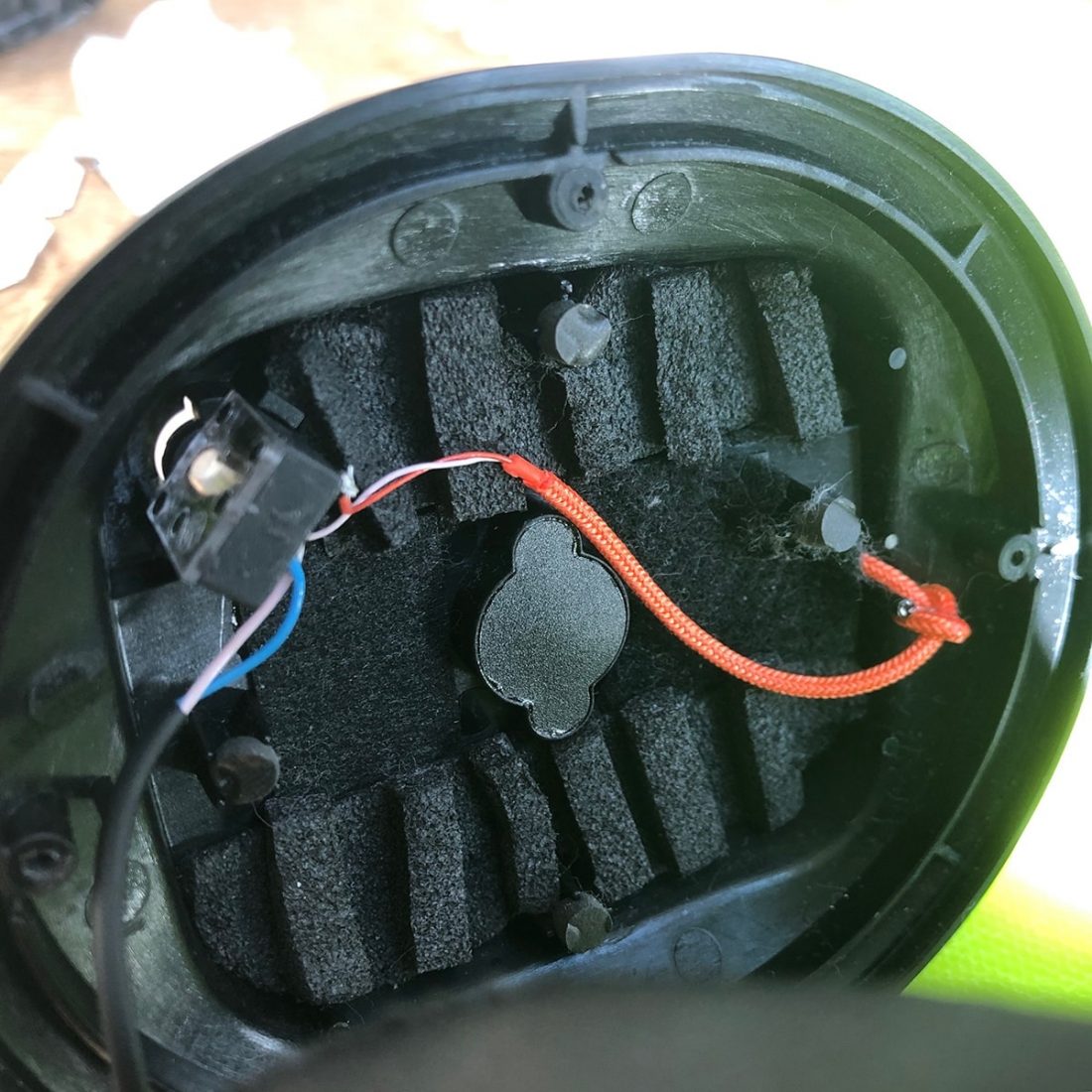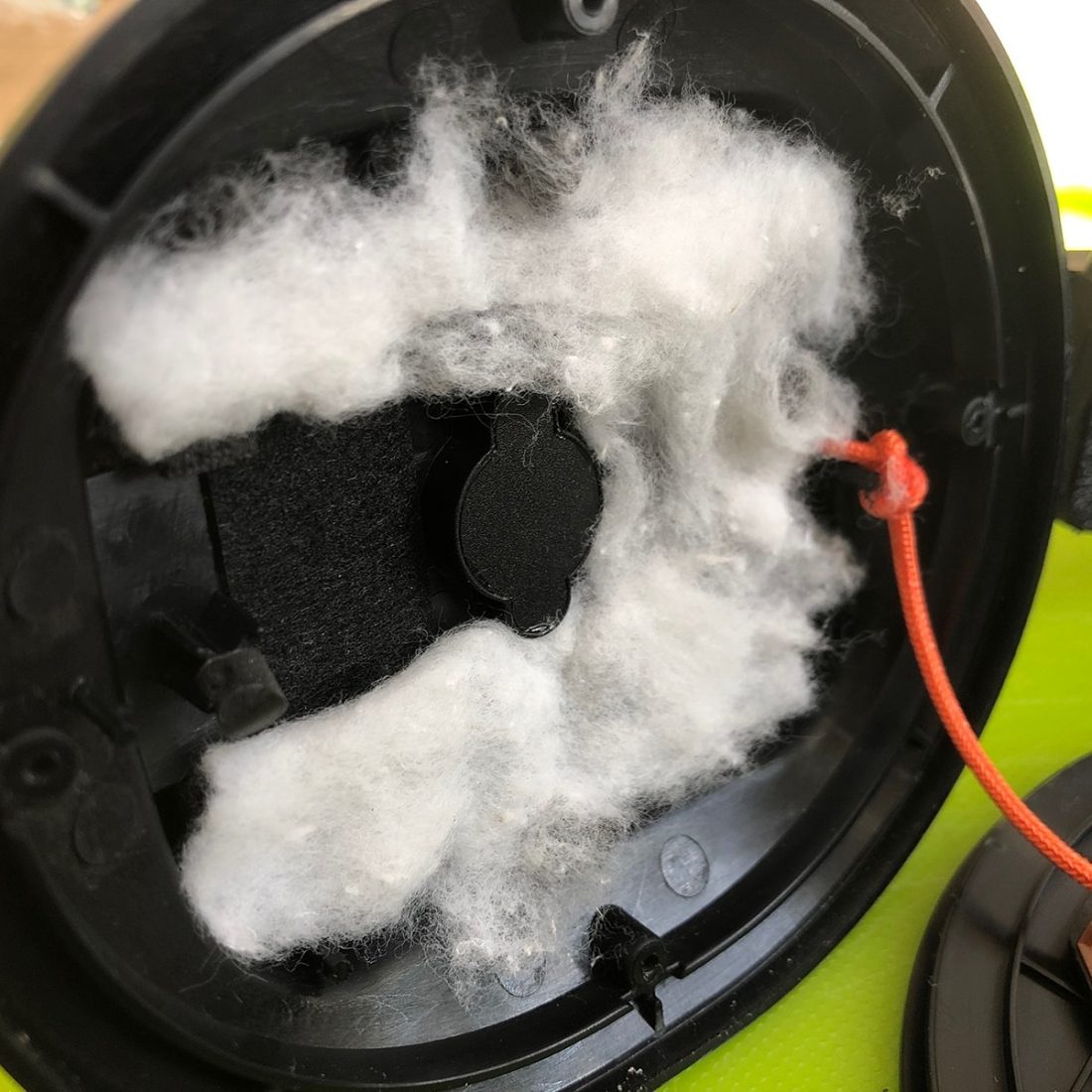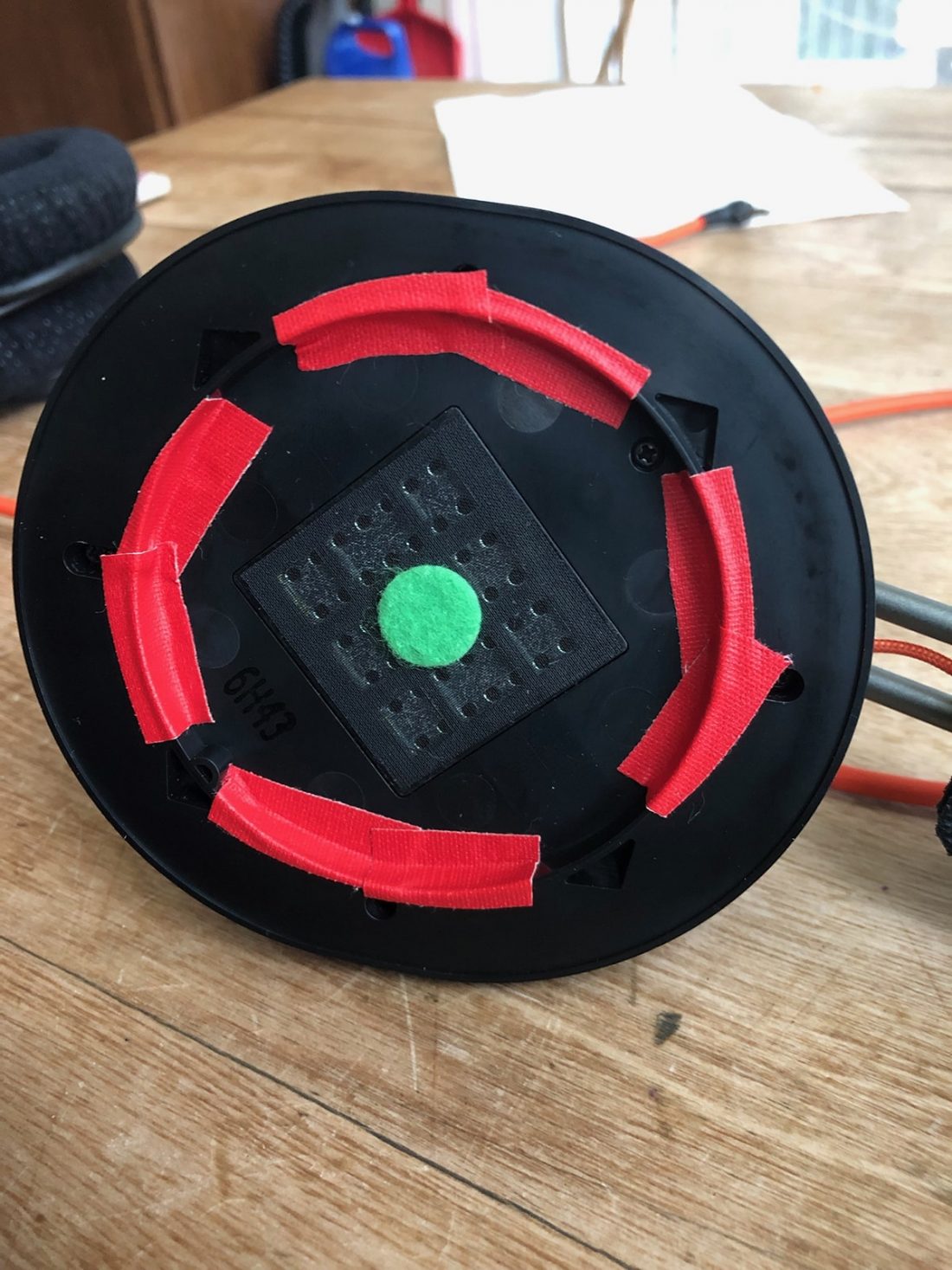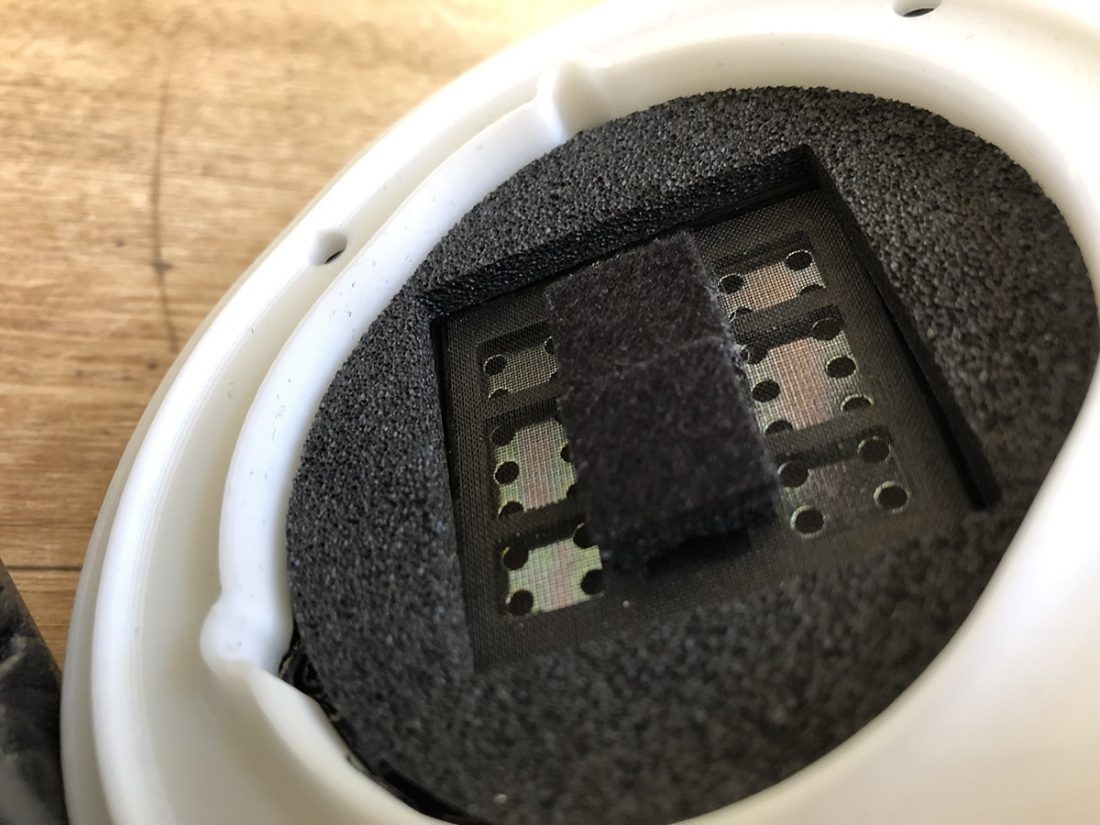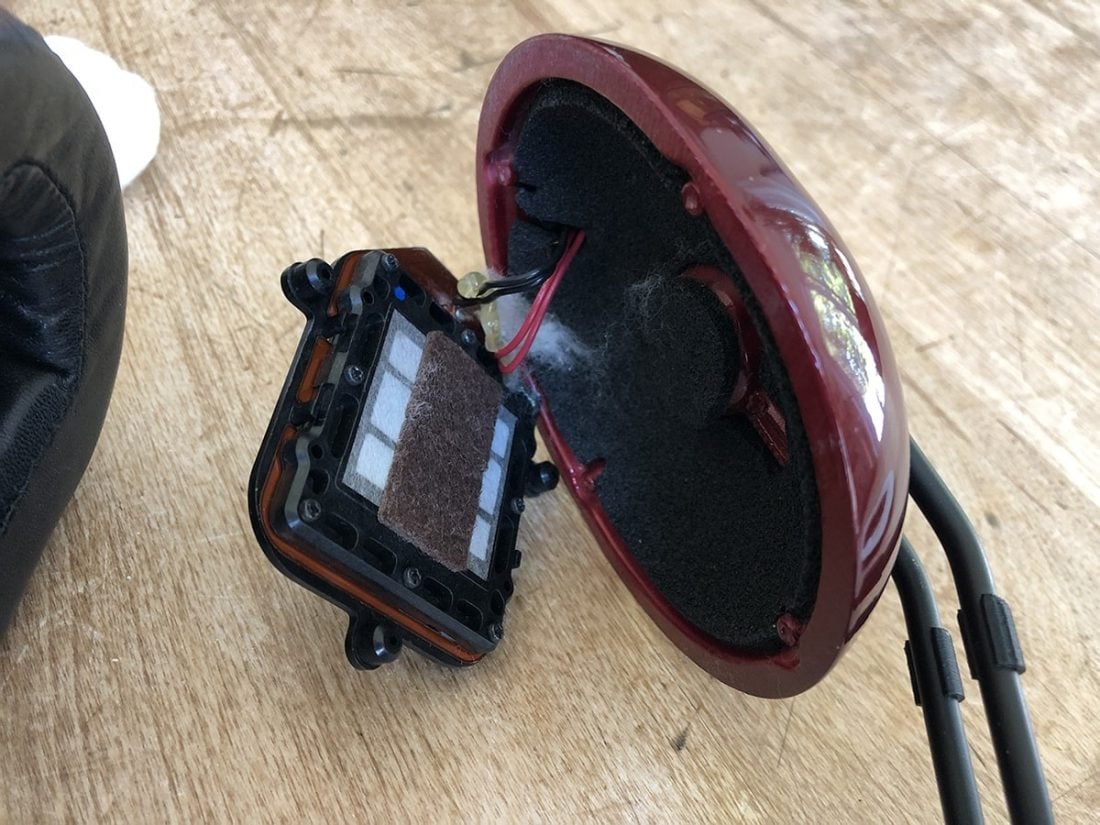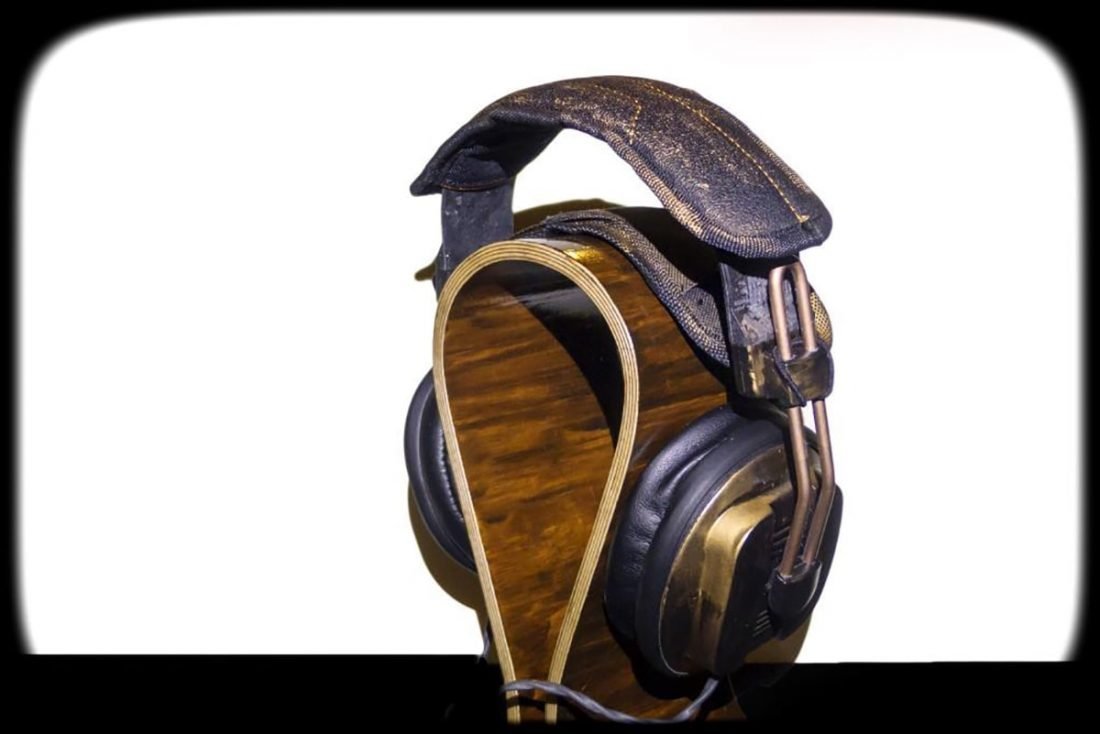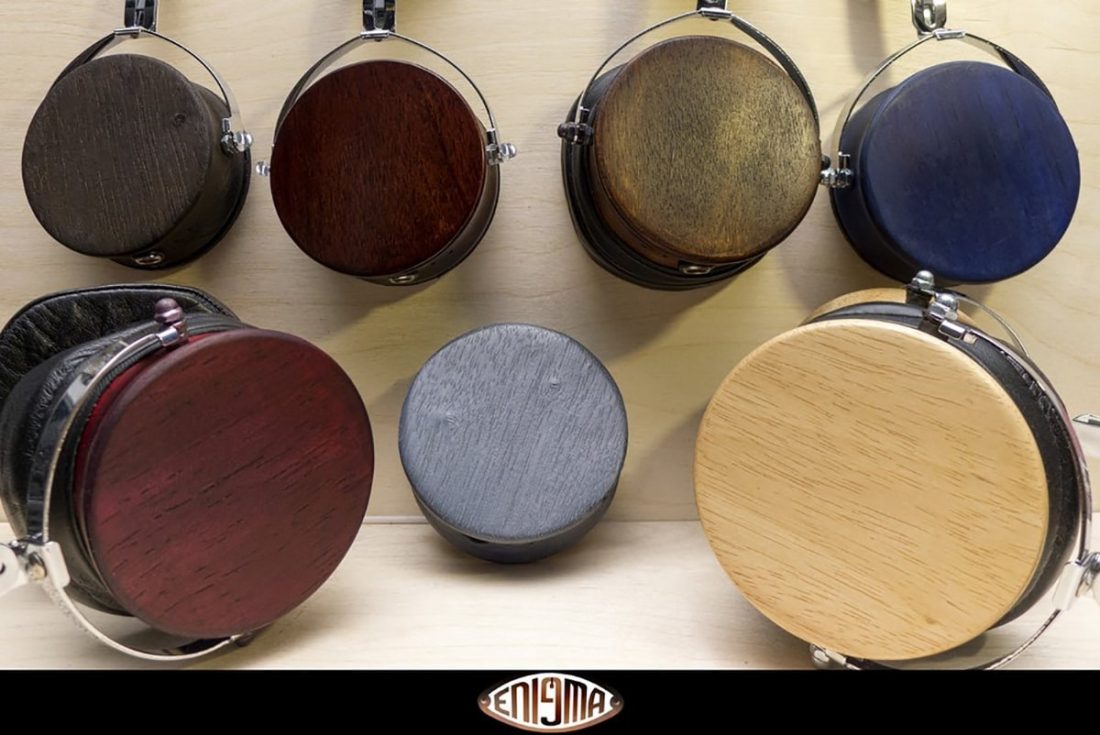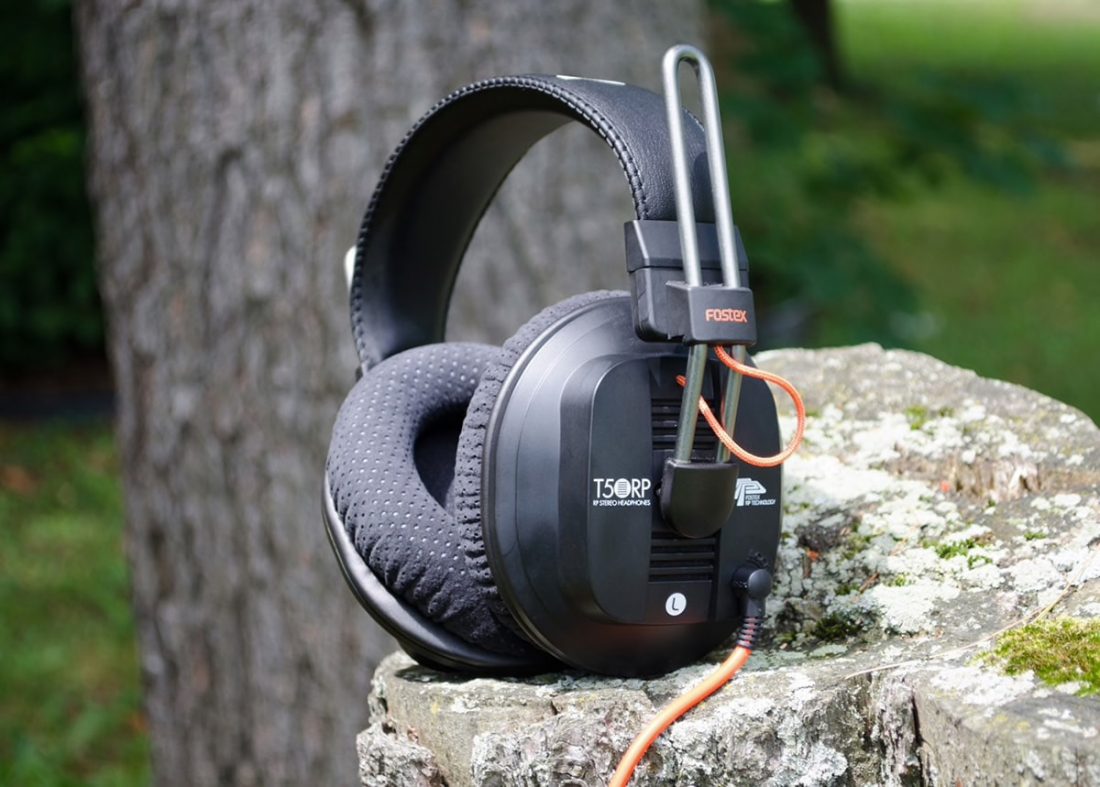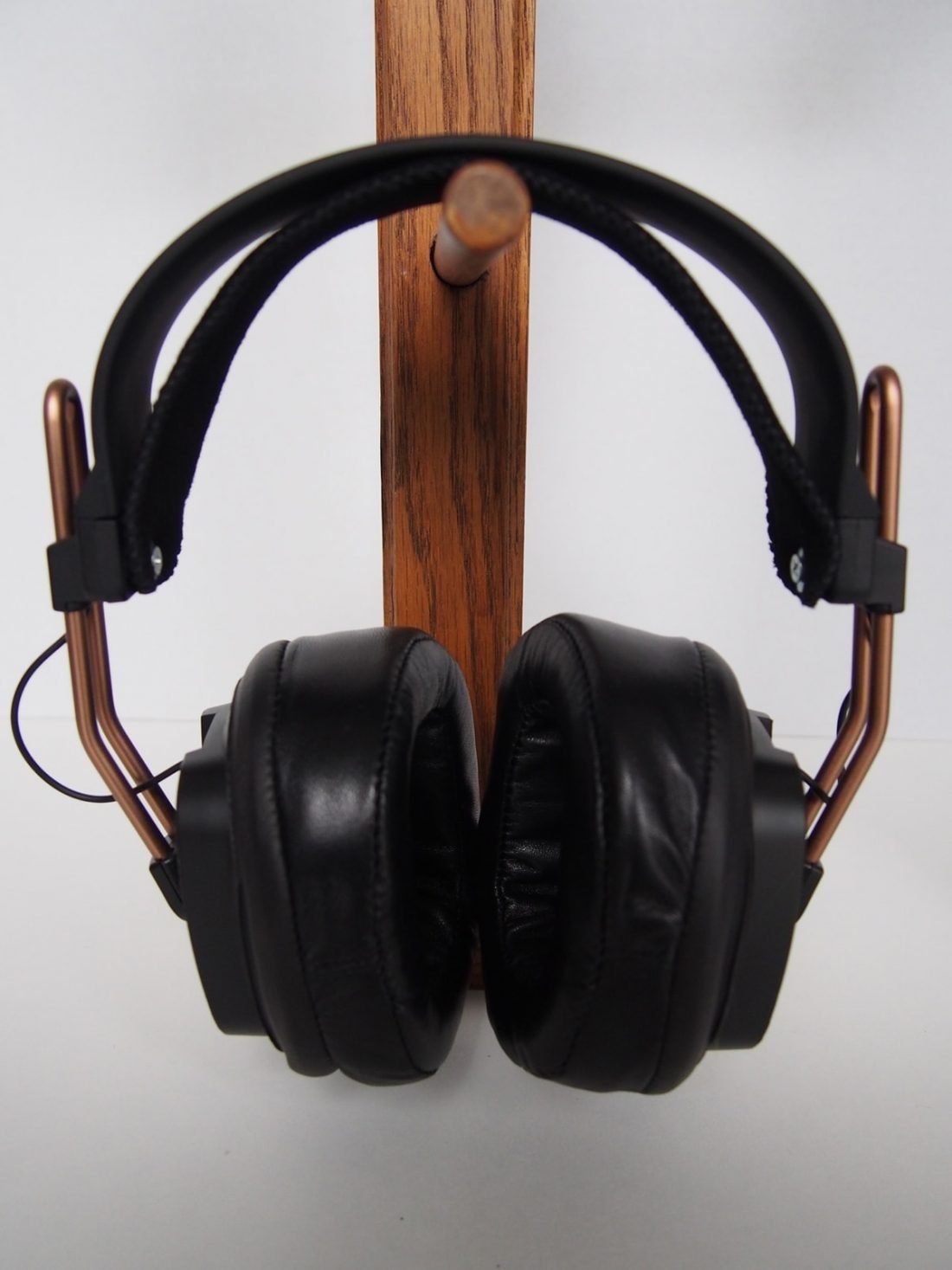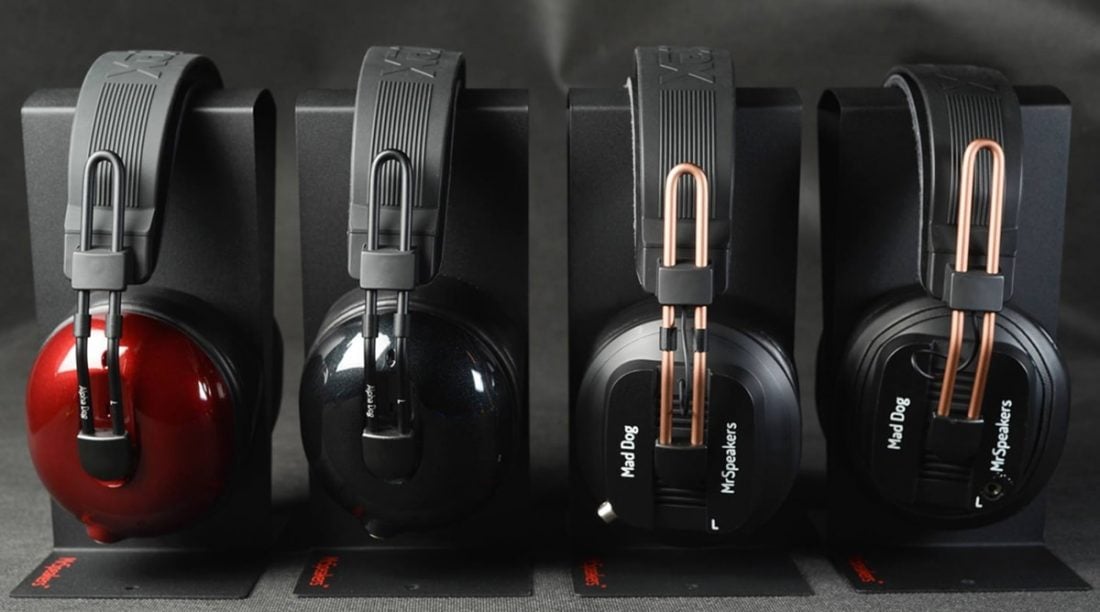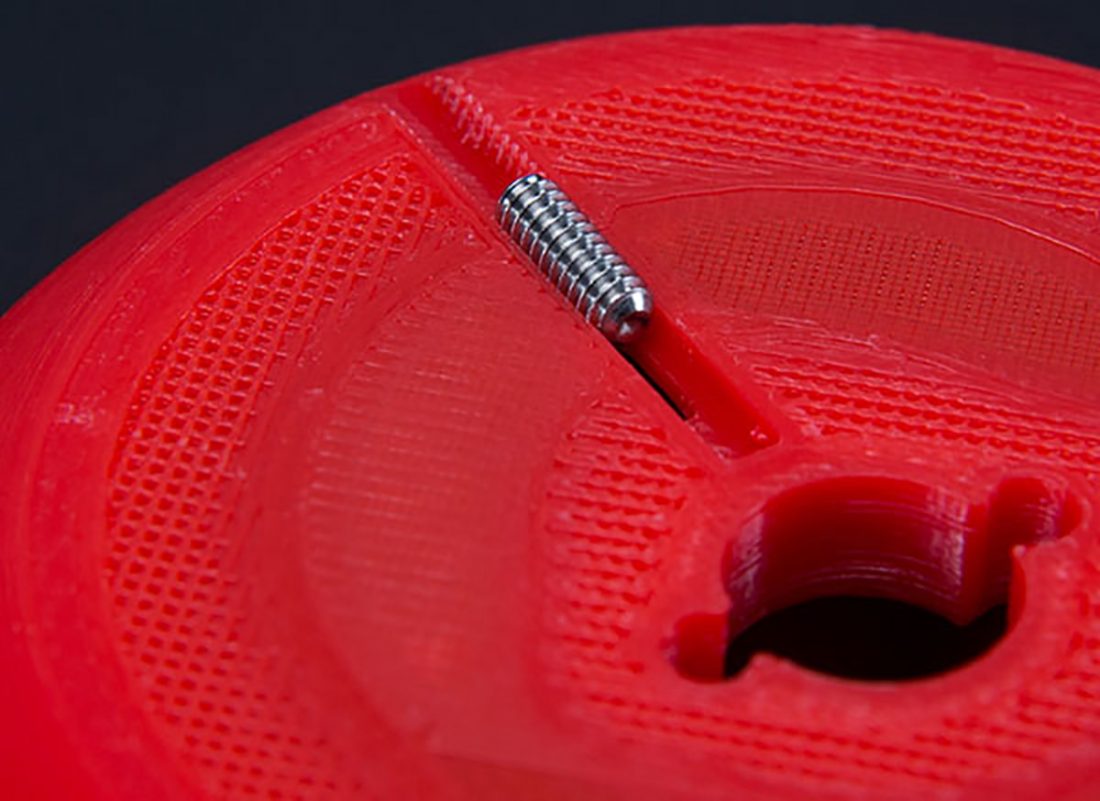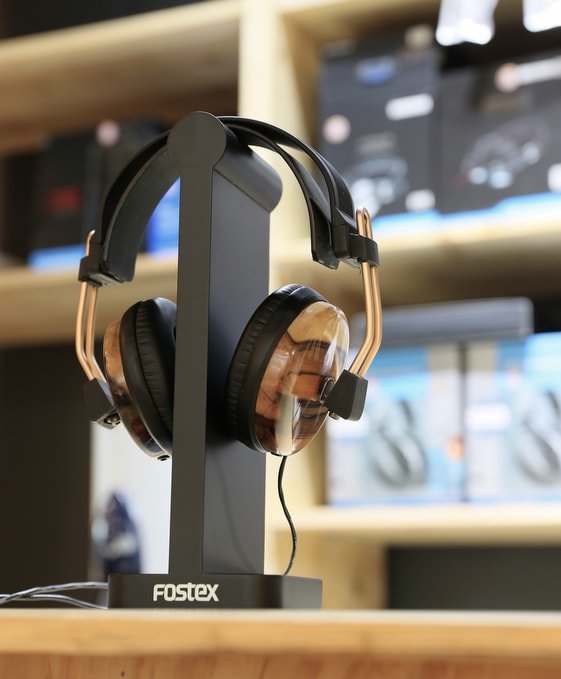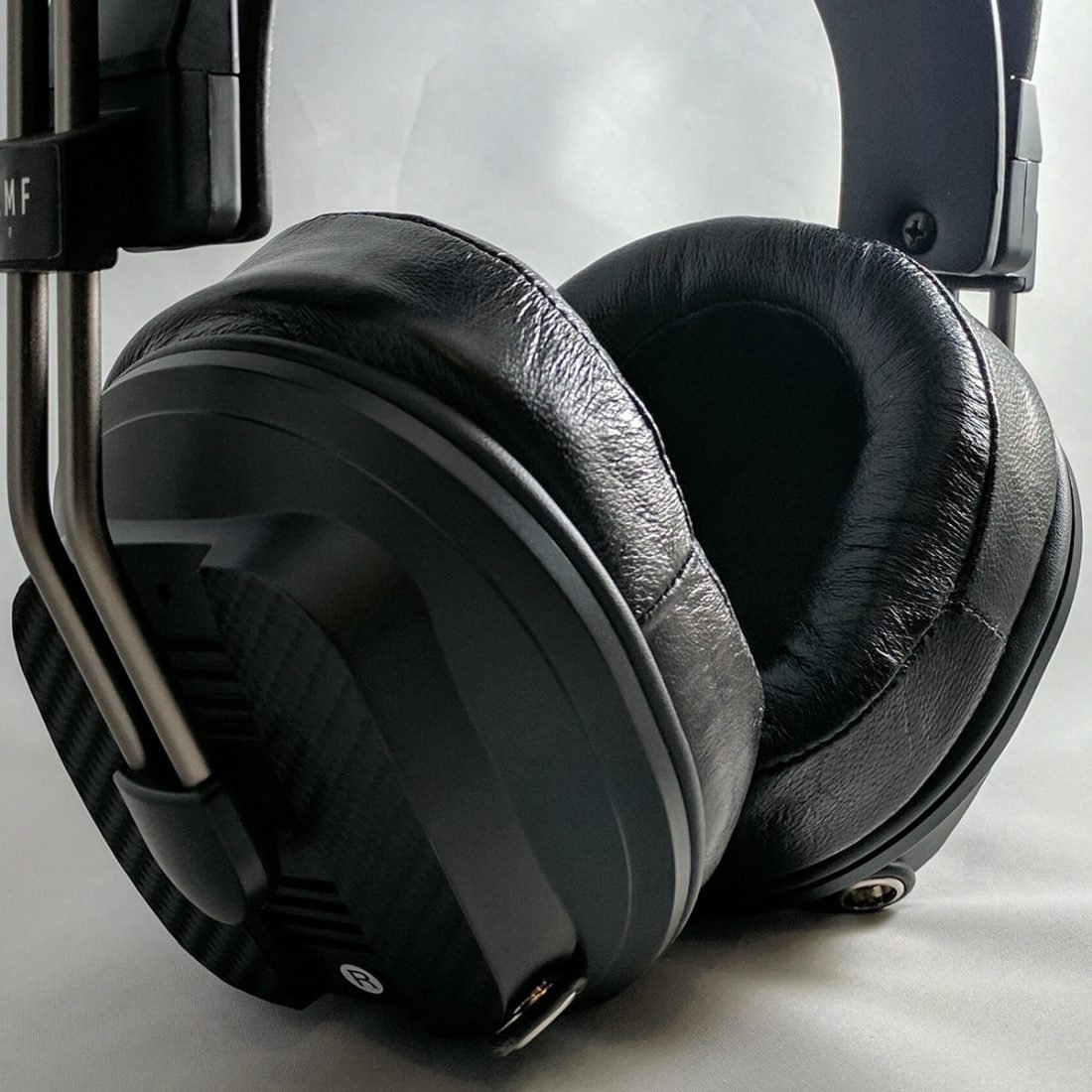We will explore some of the standard recommended modifications and take a look at my journey in tuning a stock Fostex T50RP mk3. In addition, we will look at (and inside) some of the popular enthusiast and commercial modifications available to see what they all have in common.
Table of Content
Fostex Overview Fostex RP Series History The RP mk3 Series Why Modify the RP Series? DIY Modifications Durability Modifications Comfort Modifications Sound Modifications Professional Modifications Conclusion
Fostex Overview
The Fostex Company was founded in July 1973 by Foster Electric Co., Ltd. Originally established to sell components to the Japanese marketplace, Fostex expanded to include a range of headphones, monitors, PA speakers and microphones. Fostex started making planar magnetic headphones in the mid-1970s and continues to manufacture them as the RP (Regular Phase, or as it is sometimes referred to, Regulated Phase) series. New RP models and partnerships have debuted in the last couple of years with Dekoni Audio and Drop (formerly Massdrop).
Fostex RP Series History
Planar magnetic drivers and headphones seem like a recent development due to increased popularity and press. However, as noted above, Fostex has been quietly making this line of orthodynamic headphones for decades. Originally featuring round cups, it wasn’t until the 1980s that Fostex started producing the distinctive cup shape that the RP series still features today. Although the components have changed a few times over the last 40 years, the proprietary transducer design and technology has remained essentially the same over the years. There have now been four generations (or versions) of RP headphones. This leads to some confusion, as there are different models in each generation. Even within a single model (such as the T20) the sound has evolved significantly with each version. From the (now defunct) ‘Wikiphonia’ headphone web database:
Fostex RP Series Generations
The RP mk3 Series
The current Fostex RP mk3 headphone series was released in 2015 as a successor to the popular mk2 series. It consists of 4 models: the T20RP mk3, T40RP mk3, T50RP mk3 and T60RP (note no mk3 designation as this is the first T60 model but it does utilize the mk3 driver).
T20v1 has a decent but not outstanding low end, a flat midrange, then a big peak around 2kHz after which response drops off. T20v2 is more efficient, is flatter than the v1, has better bass, but still has the upper mid/low treble peak. T20v3 has weak bass (with version one pads) and a smooth response tilted upward toward the treble.”
The primary difference in the mk3 series is in how they sound. Intended as professional studio headphones, the RP series were designed for reliability and accurate studio monitoring rather than home or portable use. The mk3 models signify a change in response to the current personal audio renaissance, with redesigned ear pads, housing and band to improve comfort and looks. The T60 is definitely a move towards a more attractive and higher-end personal audio market.
The RP Driver
At the heart of the RP series is the Regular Phase (RP) diaphragm driver, which uses copper foil etched polyimide film and a neodymium magnet. This is a unique planar magnetic (also known as orthodynamic) driver which Fostex claims has been redesigned to “achieve sharper audio reproduction for more accurate monitoring”. It is this time tested, tried-and-true driver that makes the Fostex RP series so interesting. Right from the beginning, Fostex heralded the benefits of their planar magnetic driver:
Fostex RP mk3 Specifications
Driver: Regular Phase Impedance: 50 ohm Sensitivity: 91-92dB (at 1kHz, 1mW) Frequency Response: 15Hz – 35kHz Maximum Input Power: 3000mW
Why Modify the RP Series?
For many years Fostex has been marketing different sounding models (at different price points) that are essentially identical headphones. They feature smaller or larger vents in the cups to change the sound. Once it was realized that small changes to the enclosure do make significant changes in the sound signature, the enthusiast community started to get very interested.
Fully increased clarity of highs with flat response characteristics. Extremely low distortion. Excellent transient characteristics Makes possible the manufacture of headphones with outstanding directional characteristics. Extremely wide in the reproduction range of high frequencies. Flat impedance characteristics.
The period between 2011 and 2017 was the height of RP series modding. The release of the enhanced mk3 versions brought renewed excitement to the community. Several enthusiasts moved from modding their own headphones to starting companies to do mods for others and selling their own designs. The mk2 was significantly less expensive than the mk3. It is likely Fostex took note of all the renewed excitement and made a few improvements and a new (almost twice as expensive) price tag. The success of the third party modification companies proved that this inexpensive planar could be sold for 5 times the price with the right modifications. The timing of this interest mirrored the success of companies, such as HiFiMan, who started gaining widespread recognition for producing relatively inexpensive, but good sounding planar magnetic headphones. This sparked more momentum in this type of headphones, and that helped bring the RP series back to the forefront. A few things make the RP series so attractive to modify:
Planar magnetic driver technology Low price point – with the promise of top tier performance far below top tier prices Ease of disassembly – real screws, no glue, means little chance of breakage Simple cup design – lots of options to try damping and venting alterations Noticeable and measurable changes to the sound signature with simple modifications Not the ‘best’ stock sound or comfort – the flat stock ear pads are universally considered uncomfortable
DIY Modifications
For all these reasons, the RP series are undoubtedly the world’s most modded headphones. The changes vary from mild to wild, with anything from home-made comfort straps, to 3D printed and custom wood replacement cups. Whether improving comfort, fixing flaws or tuning for a certain sound, there are plenty of options available. There is a 175+ page thread on Head-Fi entitled Fostex T50RP Incremental Mods and Measurements that is incredibly detailed and a wealth of information. While impressive, it is frankly overwhelming to someone new to exploring the world of Fostex RP mods. In 2015, Tyll Hertsens of InnerFidelity posted measurements of many of the popular Fostex RP variants including both commercial and DIY modifications. In general, the modifications largely fall under three broad categories (with some overlap):
Durability Modifications
The number one durability issue with the RP mk3 series is the cable and headphone socket. The stock cables are thick, unwieldy and oddly fragile. The jack is a custom 3.5mm TRS socket with a locking slot that is acknowledged to have widespread issues including causing channel imbalances, static and audio dropouts. The easy solution for cable replacement is the angled Kevlar wrapped, “Audio Only” cable from V-Moda. While technically the 45 degree angled end is intended for plugging into the source, it functions perfectly when that end is plugged into the Fostex cup. It’s tougher (can withstand over 1 million bends – 100x industry standard), less expensive ($12), available in 5 colors (black, light grey, dark grey, purple and red), thinner and lighter than the original cables. The V-Moda cable is simply better.
Comfort Modifications
Comfort Band
While the stock band was upgraded between mk2 and mk3 versions, from an unpadded soft rubber to a lightly padded faux-leather, the overall comfort of the modern RP series is more utilitarian than luxurious. An easy fix is to add a fabric or leather suspension strap beneath the existing headband, attached via the two screws on either side. The purpose of a suspension strap is to distribute the headphone’s weight across the top of the head evenly, eliminating hot spots and making the headphone feel lighter. The MrSpeakers Comfort Strap is the basic epitome of this modification. Picture 10 inches of a black leather belt and you have the general idea. Mod House Audio offers an upgraded (and almost twice as expensive – $25 vs $15) Suspension Strap out of hand-stitched deerskin suede or Alcantara. Rather than adding a strap, another option is to replace the headband itself with a padded version such as the Fostex Comfort Headband from Mayflower Electronics. ZMF Headphones offers a Pilot Pad in suede or lambskin that wraps around the existing headband and provides additional cushioning.
My DIY Leather Comfort Band
A DIY leather comfort strap was the obvious (and easy) starting place for my own modifications of a stock T50RP mk3. Since ‘frugal DIY’ is the name of the game around here, I make a quick trip to the local used clothing store and bought a black leather coat for a few dollars. Clearly more than enough leather for very many comfort straps or future DIY projects. I cut out an approximately 12”x4” rectangle out of the coat and covered the inner suede surface with low odour contact cement. After 40 minutes, I folded it in half lengthwise to adhere the leather to itself, and rolled it flat with a rolling pin. Using a metal ruler and a fresh X-Acto blade, it is easy to get a very clean edge on the leather. I cut the strap 10” long and 1 5/8” wide. I notched the ends (1 3/8”) and then cut a gentle angle on each edge for aesthetics. A quick dig through my parts bin netted a couple of replacement screws that were about ¼” longer and with slightly larger heads than stock. This meant a washer was not required to keep from pulling through the leather. These worked perfectly.
Sound Modifications
Ear Pads
Earpads are where the rubber meets the road as far as modifications go. Not only are they a must for comfort, ear pads also play a major role in sound quality. Most folks find the stock earpads much too shallow and thin for long term listening sessions. There are a huge number of options out there as many pads from other manufacturers will fit the RP series. When you select replacement pads, you must balance comfort (size, breathability, thickness, and firmness) with the corresponding changes in sound that is created by each of those factors. For instance, the extremely well reviewed Dekoni Blue version is often described as surpassing the sound quality of a stock T50RP mk3: I assume by their unspecified “proprietary changes” they mean “we made the cups blue and wrote Dekoni on the headband”. Beyond that, to justify almost twice the price, the only real alteration from the Fostex T50RP mk3 appears to be the change to the Dekoni Elite Hybrid Pads (plus a pair of included Elite Velour Pads). What’s most remarkable about the Blue is the overwhelmingly positive critical response to this minimal modification. This is a completely safe and non-invasive modification (you don’t have to unscrew a single screw) that yields tangible results. Proof that absolutely anyone can modify the RP series! Here are a few examples of reviewers comparing the Blue to the stock T50RP mk3: Ear pads do many things beyond comfort. They change the distance, shape and volume of the space between the driver and the ear. Some pads are angled or asymmetrical which correspondingly changes the angle of the driver to the ear. The exterior material (cowhide or lambskin leather, synthetic protein leather, alcantara, velour, etc.), interior foam properties (memory, stiff, soft, etc.) and finish (smooth, fenestrated, hybrid, etc.) all have different reflective and absorptive sound properties. All these changes directly impact the perceived sound of the headphone. In general, smoother finishes, like leather and protein (synthetic leather) tend to increase bass quantity, although perhaps at the expense of quality (loose vs tight bass). There are reports that cowhide is brighter sounding that lambskin or protein leather. Softer velour finishes tend to decrease the quantity of bass. Perforated pads increase air flow and clarity but can decrease bass response. Increasing pad thickness directly affects soundstage. Hybrid pads (smooth, perforated sides with a soft velour top) like the Dekoni pads, tend to be popular as a good sounding, and well designed, compromise of all these factors. A proper seal is critical to good sound. A gap between the ear and pad will dramatically reduce low frequency response due to changes in acoustic pressure. The seal is a function of both ear and pad size and shape, and the compliance of the inner foam material. In addition, the quality of the seal influences isolation from outside sounds. Clearly not every ear shape is going to be comfortable with, nor gain the same acoustic benefit of all ear pads. This is likely why there are so many different recommendations floating around.
My Experiences with Ear Pad Rolling
It is beneficial to explain my preferences before you take any advice from my personal experiences. Most important to consider is what I was hoping to achieve by modifying the T50RP mk3. Since I have a plethora of open back headphones, I was looking to create something more v-shaped and fun (rather than accurate) to listen to. I wanted to capitalize on that potentially big but fast, planar bass and end up with something very different than what I was used to. And, of course, to make them more comfortable for long term listening. I’m going to minimally discuss the very subjective changes in sound that each pad provides. It just isn’t universally applicable, except in the broad spokes we discussed above. Each step of internal modification impacts the interaction with the chosen pads. In other words, what you decide to do inside the cups will likely change what ear pads you select in the end. I guess, as they say, the proof is in the pudding. What pads have stayed the longest on my modded Fostex? Believe it or not, the sub $9 AliExpress angled wonders have seen the most use. They are a cheap knockoff of the Alpha Dog pads. I can say nothing good about the quality of build or materials (except perhaps it is appropriate at this price point). However, they boost the low end and seem to best suit what I’m looking for. Note, I use the Alpha Dog pads almost exclusively with the Alpha Dog headphones as intended. I’m also a fan of the Dekoni pads. They are extremely well made and comfortable and seem to give a nicely balanced feel to the sound. Not so much a bass-head pad, but it’s impossible to complain about the quality. My least favorites are the Brainwavz Hybrid pads. They seem to make the high end sharper and much less pleasant for me. Build quality and comfort are quite good though.
Dampening Material Modifications
The stock RP series cup is a thin plastic shell, empty of any sort of damping material. This means it is prone to internal reflections and vibrations. It’s an easy place to start improving things. There are two categories of damping materials with two different purposes.
- Reducing unwanted air vibrations. Adding dampening material to the interior of the cups is done in an effort to eliminate reflections and resonance. This includes:
Acoustic Foam (Silverstone Silent Foam, Paxmate Plus, etc.) – often used in reducing noise in computers. Felt Cotton Batting Polyester Batting Glass Wool – fibreglass insulation UltraTouch Denim Insulation Acousta-Stuf Polyfill- synthetic material made from crimped fibers typically used in speaker construction
- Reducing unwanted mechanical vibrations. Adding mass to the interior of the driver baffle is done in an effort to reduce mechanical motion. This includes:
Plasticine Clay (Newplast, etc.) Blue-Tack Adhesive – reusable putty Sorbothane Dynamat Adhesive Mat
My Experiences with Adding Damping Materials
Most of the modifications involve some form of the following: While you can source all these materials individually, Mayflower Electronics makes it very easy by having a preassembled Mod Kit. For $20, you receive:
Roughly 25 grams of Newplast clay Stick on soft and stiff felt SilverStone dampening foam Rolled cotton
All you need for several attempts at basic damping modifications (or for a couple pairs of headphones). They even have an instruction video. Removing four easily accessible Philips screws is all that is needed to liberate the driver baffle from the back of the cup. If you are careful, there is sufficient play in the internal wires to complete all modifications without removing the driver or wires. Clay is added to all the indentations surrounding the driver on the interior of the baffle. A flat tool is used to scrape the surface of the clay flat and many modders recommend adding random indentations with a sharp point to further minimize the chance of reflections. Mayflower Electronics includes a rough template for cutting out the foam shapes for adhesion to the cup interior. The amount of loose cotton is one place you can play around with how damping material affects the sound. In general, I found that the addition of cotton improved clarity and generally flattened out the sound (reduced the mid-bass hump present on the stock version). I added more until I was satisfied with what I was hearing. There is some debate around whether the raised flat surface centered directly behind the driver should be covered with foam or cotton, as the theory is that it reflects certain frequencies directly back through the driver to the ear.
Vent Tuning Modifications
As discussed above, the mk3 versions of the RP series use identical components but vary in how sealed the ports are in the back of the cups. The stock mk3 models do sound different, and differ only in this vent opening:
The T20RP mk3 vents are essentially ‘open’ and has the most bass. The T40RP mk3 vents are ‘closed’ and has the least bass response. The T50RP mk3 vents are partially covered, and is typically considered the best sounding and most balanced of the mk3 lineup.
You will have to find the right amount venting based on your tastes. Many report that opening the vents fully (to increase bass) and then using cotton to dampen reflections gives the most low end performance. I ended up leaving the stock felt (covering the T50RP vents) in place. This yielded reasonable amounts of clean, and not overwhelming, low end. There are also 4 vents on the front side of the baffle surrounding the driver. Covering these with tape noticeably increases bass response. Very easy to experiment with how many vents covered sounds best to you. The tape is undetectable once ear pads are installed. Mayflower offers a $10 Baffle Upgrade to replace the foam circle on the outside of the cup surrounding the driver. It is made of a heavier neoprene-like material that additionally blocks air from escaping. After much experimentation, I ended up covering all the front vents with tape and using the Mayflower Baffle Upgrade.
Exterior Driver Covering Modifications
There is a thin fabric on the exterior of the driver (front ear-side). This can be removed or replaced with another material. Most pads have a fabric that covers the driver as well. This can also be removed, or another material (a single ply of toilet tissue, cotton, or foam for example) can be added underneath the pad over the driver to attenuate high frequencies. MrSpeakers offered adhesive foam rectangles (called Doggie Treats) that were meant to adhere to the front surface of the driver. They were designed to be placed in a line across the center of the driver. One or two could be added to reduce harshness or treble as desired. I found the treble could be harsh with some recordings listening to the stock T50RP. I played around with adding different materials and adhesive felt to the front of the driver surface (and in different positions). In the end, I removed all of it and found ear pads that sounded the best to me. While excess treble was tamed, I discovered that adding anything to this area made the overall sound too muffled for my tastes.
Driver Modifications
There is a thin white material adhered to the back of the drivers. There are many opinions on what sounds best, and if you should remove it. Unfortunately, if you elect to remove the material, or adhere another substance to it, it is all but impossible to get it back to stock form. Material may be adhered to the back of the driver to reflect sound and increase treble response. Adhesive foam or felt dots are sometimes used, or Transpore surgical tape strips may be placed over the back (or along the edges) of the driver.
Professional Modifications
To fully discuss the range of available modifications for the Fostex RP series, we need to take a look at the companies who are currently offering, or have offered, professional modification services. Many began simply as headphone enthusiasts that started small and went on to found their own businesses. We will take a look at:
Cascadia Audio Enigmatic Audio Mayflower Electronics Mod House Audio MrSpeakers Smeggy Thunderpants ZMF
Cascadia Audio
Reddit user /u/Mad_Economist, located in the Pacific Northwest, formed Cascadia Audio and currently offers the Talos 2 (modified Fostex T50RP mk3) for $325. As expected, it is a successor to their previously offered Talos model. They describe the sound as: The Talos 2 includes a leather comfort strap, rubber bumpers on the headband sliders and a pair of custom-made hybrid (sheepskin and velour) ear pads. Also included is a Cascadia branded hard case for transportation, storage and display. The stock cups on the Talos 2 are painted a distinctive hammered copper color (the previous Talos used decals). The stock headphone jack on the cup is also replaced with a sturdier 3.5mm TRRS socket allowing for single ended or balanced connections with the appropriate cable.
Enigmatic Audio
Enigmatic Audio was created by Head-Fi member and sound engineer, Luis Flores, otherwise known online as LFF. His current lineup of modified T50RP headphones are the Paradox ($600) and the Starving Student Slant ($700). He also offers the Enigma (from $900), which is not a T50RP modification, but a completely new closed back headphone. Enigmatic Audio started by modding customer-supplied headphones, and quickly garnered online praise as being the best sounding T50RP available. Perhaps to protect intellectual property, the website is disappointingly spartan and devoid of information. From the few pictures available, it appears that mk2 versions are being used. Originally, the Paradox was available at three price points and modification levels. Level 1 included internal sound modifications plus HiFiMan or Fisher Audio ear pads. Level 2 added a dual entry cable, comfort strap and custom paint job. Level 3 included a glossy black or white paint scheme, storage bag and mini-XLR cable and sockets. Unfortunately, it isn’t clear on the website what is currently included in the $600 Paradox, or what the $700 Slant upgrade includes. Both share the same photo, which, like their namesake, is a bit of an enigma.
Mayflower Electronics
In addition to the handy Mod Kit and Baffle Upgrade offered by Mayflower Electronics, they also offer two models of modified T50RP mk3 headphones for sale: the Version 1 (starting at $265) and the Version 3 Bass Model (starting at $255). The Version 1 adds internal changes to mass loading and baffle alterations and includes Shure 1540 ear pads. The version 3 includes these internal modifications with pleather ear pads. They describe the Version 1 as: Version 3 is described as a:
Mod House Audio
Mod House Audio was founded by Ryan Dietz. He currently offers both a modding service, entitled Argon Conversion, for mk2 ($60) or mk3 ($90) headphones (T20, T40, T50, T60 models accepted). In addition, a fully modified T50RP mk3 Argon is available for $245 and a T60RP Argon for $385. The Argons include a hand-stitched deerskin suede comfort strap, ear-side baffle damping, custom driver modification, ZMF ear pads, V-Moda cable, metallic vinyl decals on the cups and 3D printed badges. In addition, Mod House Audio offers a balanced cable upgrade option that replaces the stock socket with a new 3.5mm TRRS jack ($35) and a balanced Periapt cable ($62). The Argon sound is described as:
MrSpeakers
MrSpeakers located in San Diego California, was founded in 2012 by Dan Clark, an electrical engineer. Unlike many of the other companies in this list, MrSpeakers has moved beyond a tiny one-man-show modding the Fostex RP series, to an industry recognized producer of high-end electrostatic headphones. Their new Ether 2 is the world’s lightest planar magnetic, over-ear headphones. Dan started out humbly, creating the Mad Dog which was a fairly standard modified T50RP mk2. This progressed into the Alpha Dog ($600), which gained prestige by using the world’s first 3D printed cups. The Alpha Prime was the ultimate version, costing $1000 in 2015. In addition to the unique, and beautifully finished red cups (featuring 3D printed, double walled lattice) the Alphas were bundled with a metal stand, unbalanced Canare Quad Star cables with hirose cup connections (optional XLR were available), leather comfort strap, velvet bag and cleaning cloth kit. Another unique feature of the Alpha Dogs was the bass tuning port located in each cup. With a tiny Allen (hex) key, the port opening could be screwed more or less open to change the level of bass. Dan created a handy video explaining the process.
Smeggy Thunderpants
One of the originators of the Fostex modification scene was Head-Fi member Smeggy (Gary) and his (bizarrely named) Thunderpants TP1 headphones (£350 UK pounds). He’s since disappeared, much to the regret of many who owned or heard the Thunderpants. The Thunderpants was not simply a standard modification and featured gorgeous, hand-made wooden cups. In 2011, his Smeggy’s blog chronicled his experimentation with engraving, sanding, and finishes. Eventually Smeggy stopped doing business and there were ultimately reports of poor buyer experiences. A very promising start to the commercial Fostex RP modding scene that didn’t quite pan out. The presentation is moderately laid back and the tonality is a very slight v-shaped.” – Headfonia
ZMF Headphones
ZMF Headphones, founded by Zach Mehrbach, currently offers the Classic ($300), Blackwood ($700) and Ori ($900). Every ZMF headphone is assembled, tuned, and inspected by Zach. Previous models included the Vibro and Omni. ZMF modifications employ (as expected) a combination of driver enclosure alteration and physical damping material. Modifications are done to the baffle to change the venting and airflow. One of the biggest improvements is a modification to stabilize the driver, lowering distortion and cleaning up the sound, eliminating any unwanted bass rattle noises. The Classic includes a cowhide leather band (pilot pad available $20), replaced 3.5mm jack (balanced Audeze style available $60), vinyl decals, ZMF ear pads, and optional case ($50). Channels are matched to within 1db +/-. The Classic maintains the traditional Fostex T50 mk3 build, but Blackwood and Ori both add wooden cups. The Blackwood is available with Manchurian Ash or Blackwood cups with choice of paint color on headband slider and cable connector type. The Ori is available with Burmese Padauk, Cherry or Wenge cups with similar cable and color options.
Conclusion
Whew! We made it! Hopefully you now have a much greater knowledge and appreciation of why the Fostex RP series has been successful and popular for decades. I certainly do. This was an extremely time consuming article to prepare and write. The sheer volume and variety of Fostex RP series tuning is overwhelming. Add that to the time invested in researching and testing my own modification process. It was lots of work, but it was a really interesting and fun task. Is the Fostex RP mk3 series the finest sounding headphones in existence? Nope. Are they the best made, highest quality and most attractive headphones ever? Not even close. The stock pads, cables and socket are poor, and the aesthetics are much more suited for the recording studio than for public. In the end though, it all comes down to one thing. Potential. The RP series can be made into almost anything you could want from a headphone. Ultimately, I’m delighted with my two pairs of modified Fostex. My own T50RP mk3 has turned out just how I wanted it to sound. Feel like rocking out to Aphex Twin? Well, do I have the headphones for you. Want a much more balanced sound? The Alpha Dogs are remarkably civilized, detailed and they present a terrific soundstage. Every headphone enthusiast owes it to themselves to check out a pair of the Fostex RP series. Hear for yourself what all the history, excitement and hype is about. Check out how small changes can dramatically alter the sound of this orthodynamic headphones. Get caught up in the fun of tuning the sound to your own tastes. Now if I can just resist the compelling allure of the Fostex T60. Mmmmm… wooden cups.
